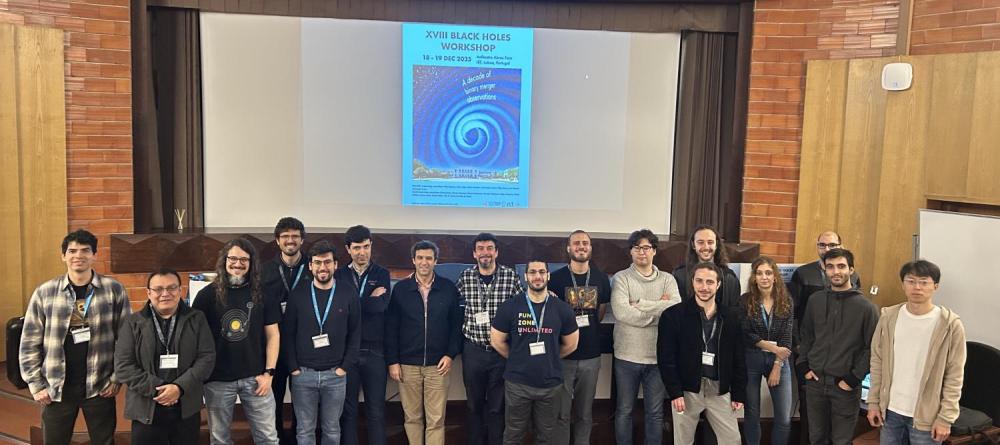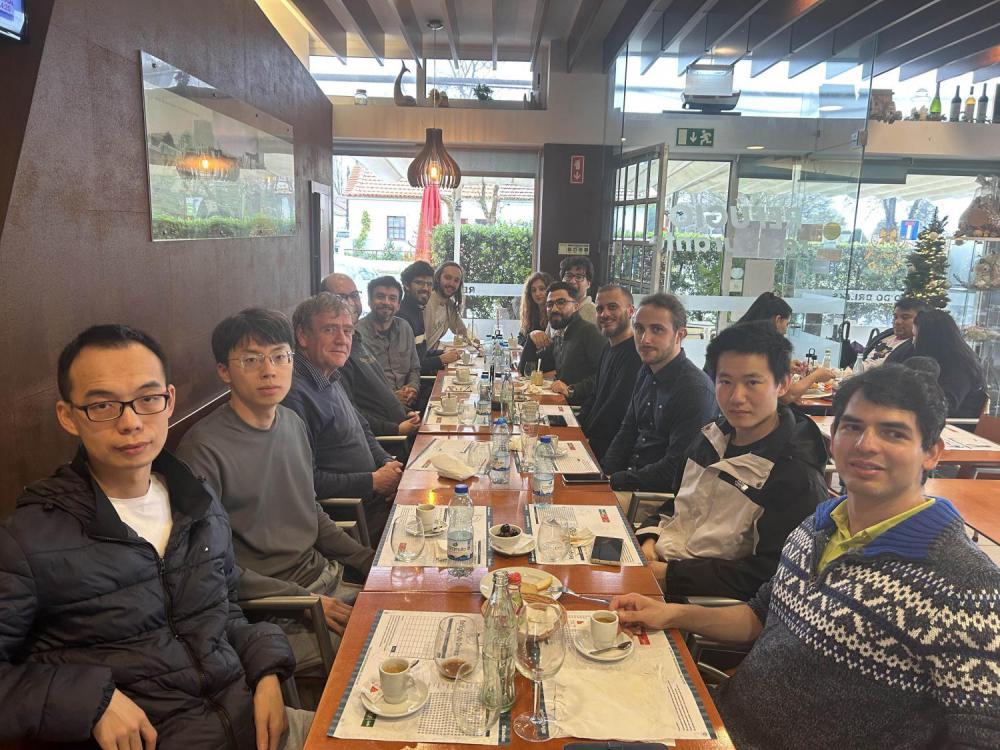Binary Boson stars in Strong Field: Post-Minkowskian, Effective-one-body formalism, and Numerical Relativity

In this talk, I will present our recent work on scattering of two boson stars by taking into account three effects: point-mass gravitational, tidal, and short-range scalar-field interactions. We first derive the analytical expressions of the scattering angle using PM-EFT techniques, providing the first analytical treatment of boson stars as a two-body problem.



